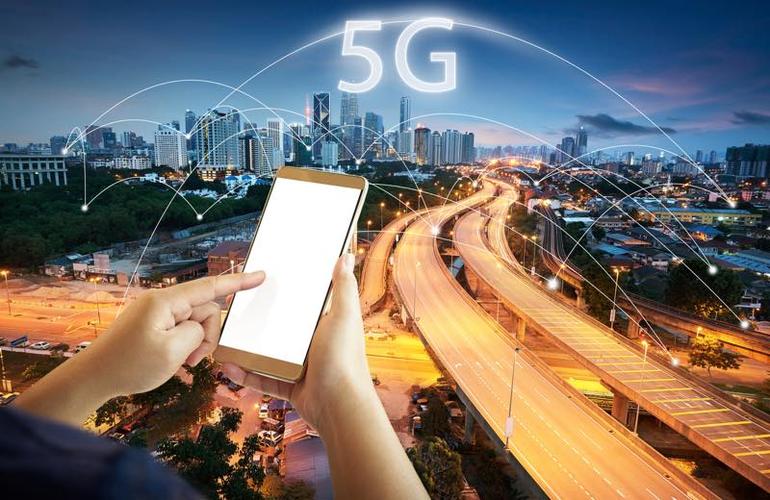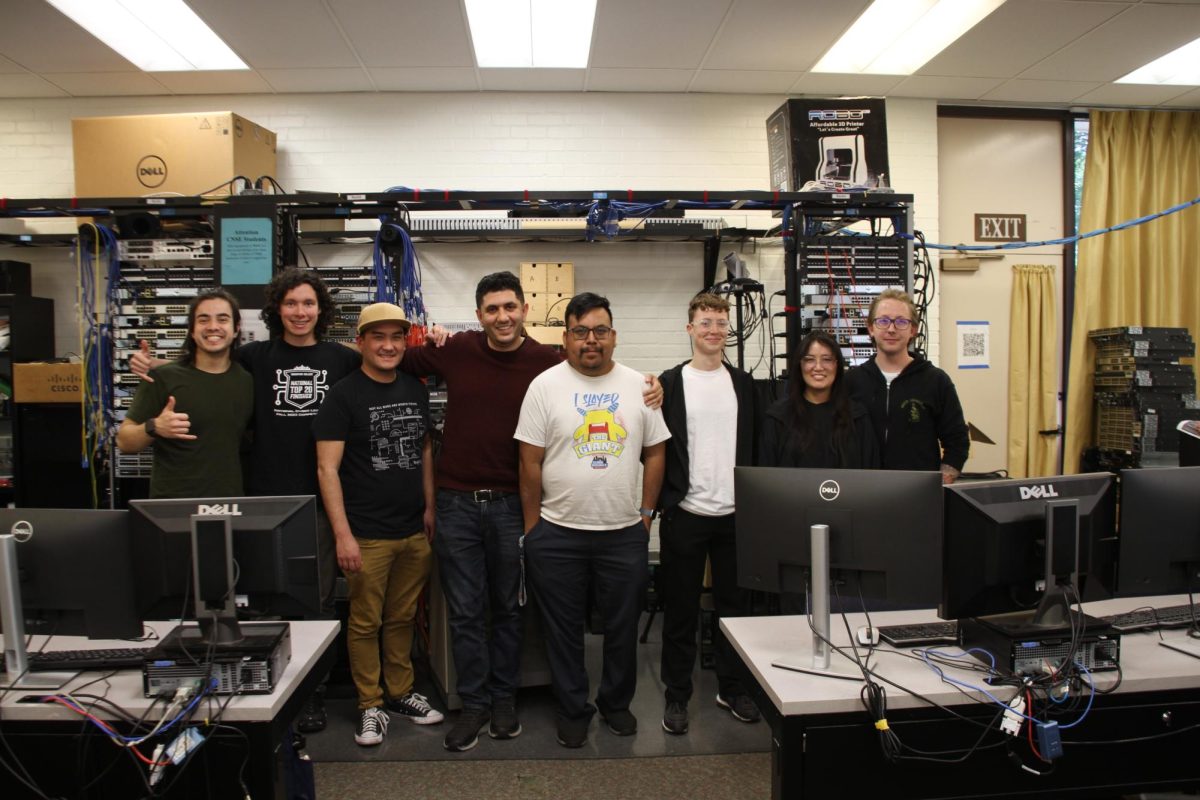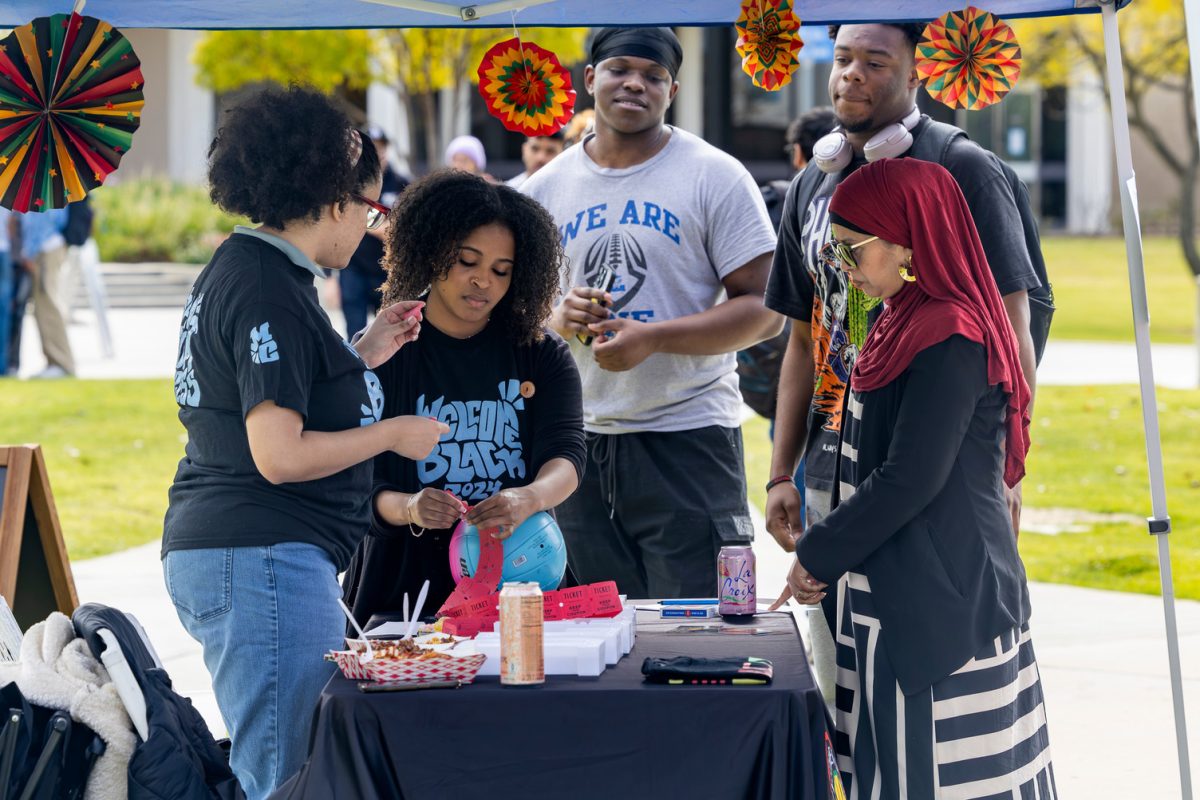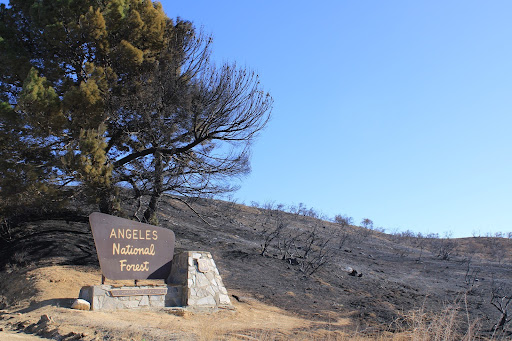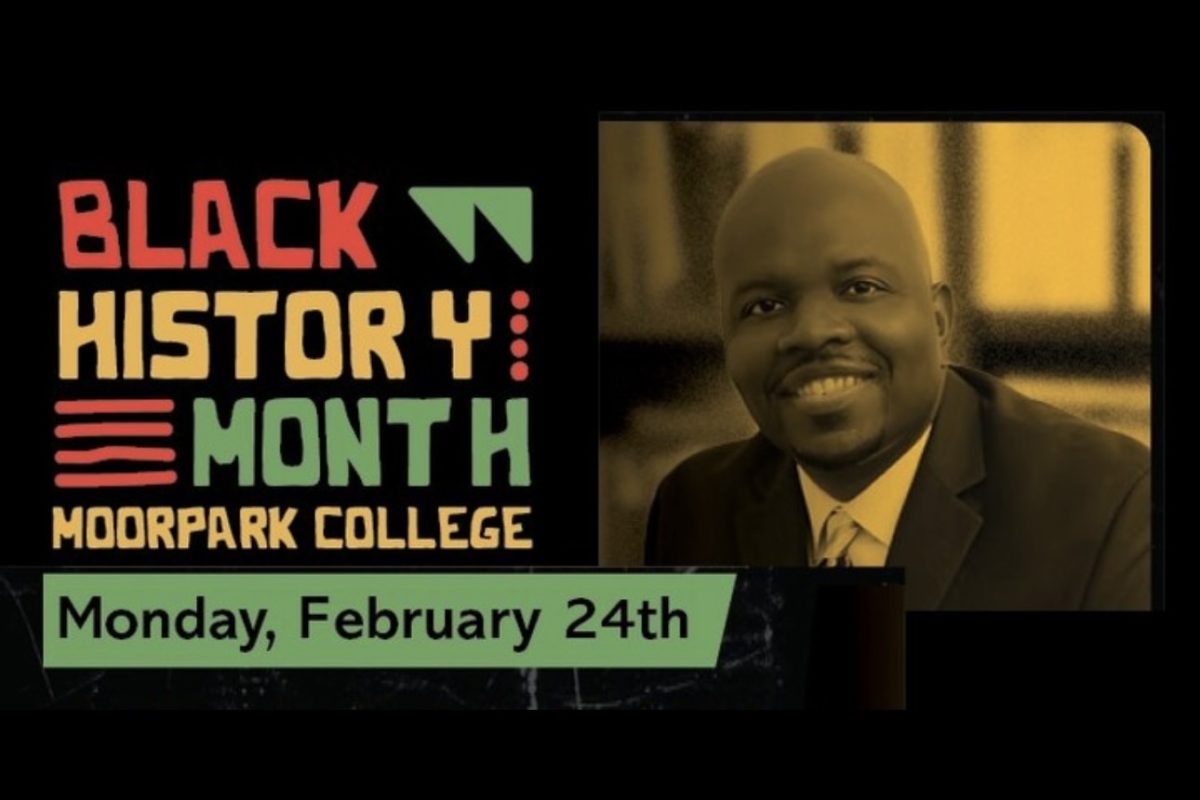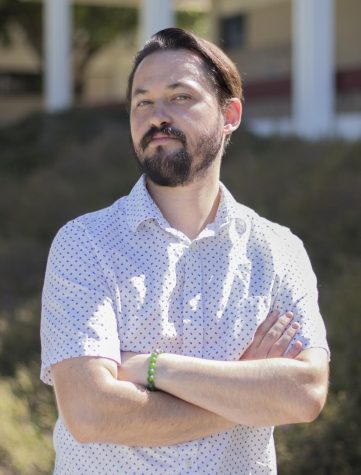The 5G wireless roll-out is underway, which will require millions of 5G, “small cell” antennas to be installed nationwide over the next few years.
5G, or fifth generation, wavelengths travel short distances, requiring 5G antennas to be placed every 200-400 ft. The Federal Communications Committee has approved 24-48 GHz bandwidths for 5G cell antennas, higher than the maximum 100 MHz 4G bandwidth.
Many are excited about 5G’s potential to transform both society and the industry.
President Donald J. Trump tweeted in February 2019, “I want 5G, and even 6G technology in the United States as soon as possible. It is far more powerful, faster and smarter than the current standard.”
Forbes magazine said the 5G network will create many new jobs and generate trillions in revenue.
In August 2019, Time Magazine wrote on the future of “smart-homes,” including wireless 5G connections to microphones, locks, showers and health sensors. This would allow any connected device to be remotely monitored and controlled.
Verizon states that 5G will allow for 50 times faster download speeds connecting technology through a network known as The Internet of Things, or IoT.
Smart cities like Sacramento, the first to roll out 5G, will wirelessly connect vast amounts of infrastructure including autonomous vehicles, traffic and electrical grids, thermostats and even fitness trackers. Verizon estimates that by 2025, 55 billion devices will be connected to the internet using 5G.
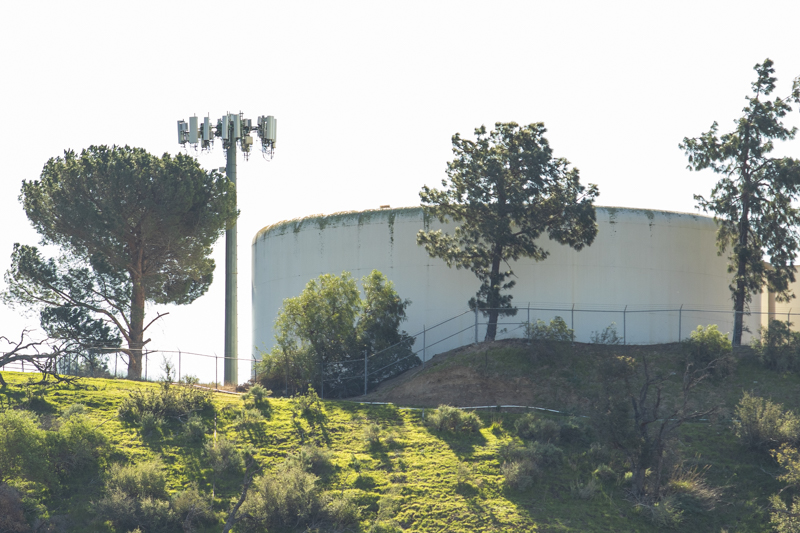
However, many are concerned about the safety of wireless radiation. On Jan. 25, cities around the world participated in a Global 5G Protest Day. Thomas McFarlan, of Redondo Beach, organized the Venice protest.
“The basic issue with 5G is we’ll soon be exposed to far more radiation than current 4G. This in non-consensual,” McFarlan explained.

In September 2017, 180 scientists from 35 countries signed a global appeal urging nations to halt the 5G roll-out due to safety concerns, including increased cancer risk, genetic damage as well as learning and memory problems from exposure to microwave radio frequencies. As of Feb. 14, 273 scientists have signed the appeal.
While the World Health Organization claims there’s little evidence of adverse effects, they have classified electromagnetic fields produced by mobile phones as a possible carcinogen. They recommend using the hands free option during calls, keeping cell phones 30-40 cm from the body and limiting cell phone use.
A Declaratory Ruling by the FCC took effect in January 2019 removing the option for cities to deny the installation of 5G antennas. U.S. cities must comply with installation plans or face legal action from telecom companies.
Currently, there are two separate 5G antennas in Moorpark on Spring St. and Poindexter Ave.

According to Moorpark engineer and Public Works Director Sean Corrigan, providers submit applications to cities individually and each time frame for 5G deployment varies.
“The FCC’s regulations have pretty much superseded local control over small cell facilities nationwide. The issues are still being litigated in the federal courts,” Corrigan stated.
Moorpark College student and substitute teacher Ruth Salazar finds it concerning that 5G antennas will be placed next to homes and schools.
“I don’t like how uniformed we are. No one knows about this stuff, but we’re always around it,” Salazar stated.
Ventura County Issues Reform, a grass roots organization concerned about 5G, has began attending local city council meetings, organizing rallies and creating petitions.
Kevin Narramore, Ph.D. is a behavioral specialist in Thousand Oaks, who has trained with the Building Biology Institute, an organization which helps to reduce wireless radiation in homes, schools and businesses.
Narramore spoke about the current wireless standards and how they are based on an outdated FCC report from 1996. The report uses what Narramore refers to as “thermal-only dogma,” which states as long as microwave radiation does not raise bodily temperature, it is considered safe.
Magda Havas, Ph.D. studies electromagnetic fields at Trent University in Toronto, Canada and estimates that 35% of the population are sensitive to wireless radiation, a condition known as electrohypersensitivity, a medical condition recognized in Europe since 2011, with symptoms including headaches, nausea and anxiety.
Havas reports that a small percentage of people experience immediate pain when exposed to low-level microwave radiation, similar to an allergic reaction, and that some commit suicide because there’s nowhere left they can go.

Wireless Education recommends schools be hard-wired with Ethernet. In recent years schools in Australia, Canada and Europe have banned WiFi or limited its use due to safety concerns.
According to the Moorpark College Information Technology Department, the goal is to place a WiFi router in every classroom. Another 30 routers were approved for installation on campus in December 2019.
Dr. Sharon Goldberg, an internal medicine physician, recently testified before a Michigan Legislation about the risks of man-made microwave frequencies.
“Wireless radiation has biological effects, period. We have evidence of DNA damage, cardiomyopathy and neuropsychiatric effects,” Goldberg stated.
However, Verizon representative Kevin Sullivan stated during a Thousand Oaks City Council meeting on Jan. 14 that 5G antennas don’t appear to pose a health risk.
While the FCC and telecom industry maintain that wireless radiation is safe, no official studies have been conducted on the safety of 5G and future tests are not yet planned.

